"Beyond Leven Station, the railway passes through the residential outskirts of the town, and emerges on to the wide expanse of links bordering the shores of Largo Bay. In clear weather, the view to the south extends across the Firth of Forth to North Berwick and the Bass Rock. The station at Lundin Links is passed, and another mile brings the train to the high masonry viaduct of four spans over the Kiel Burn, and to Largo Station.....Largo Law, an abrupt, conical, volcanic hill, rising to almost 950ft, is a conspicuous landmark a mile or so north of the town."
Largo Station, like Lundin Links, had two main station buildings. In the image below, the original 1857 station building is on the left (north) side of the tracks. The newer building on the opposite (south) side was built around 1894, together with a signal box, passing loop and second platform. This station closed in 1965. It may be almost half a century ago but plenty people still remember Lundin Links and Largo stations well - if you do, please comment!
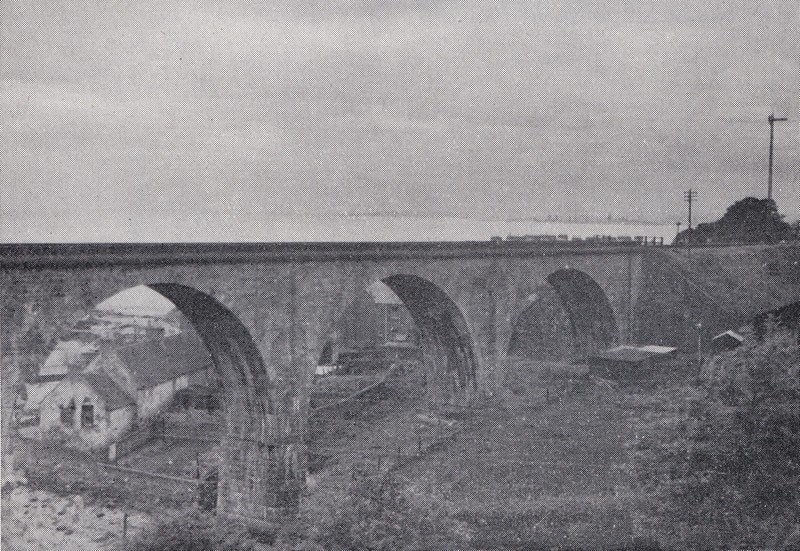
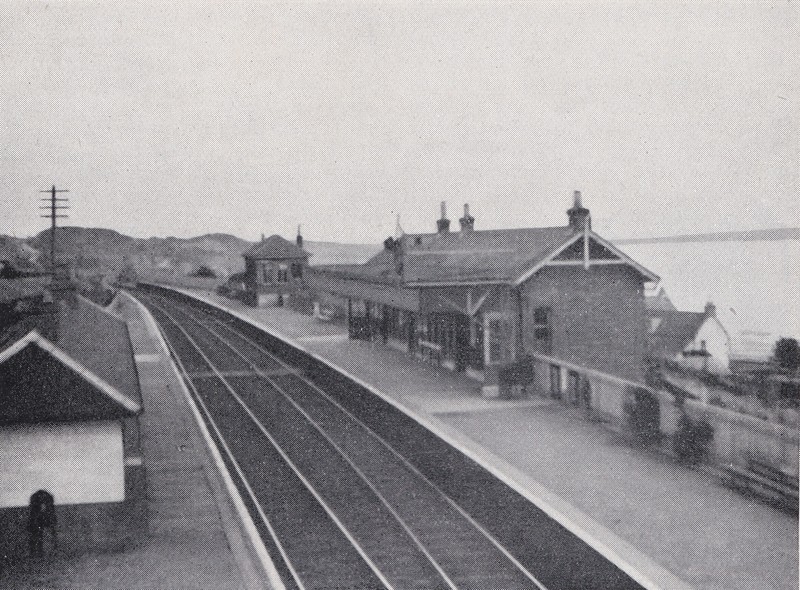
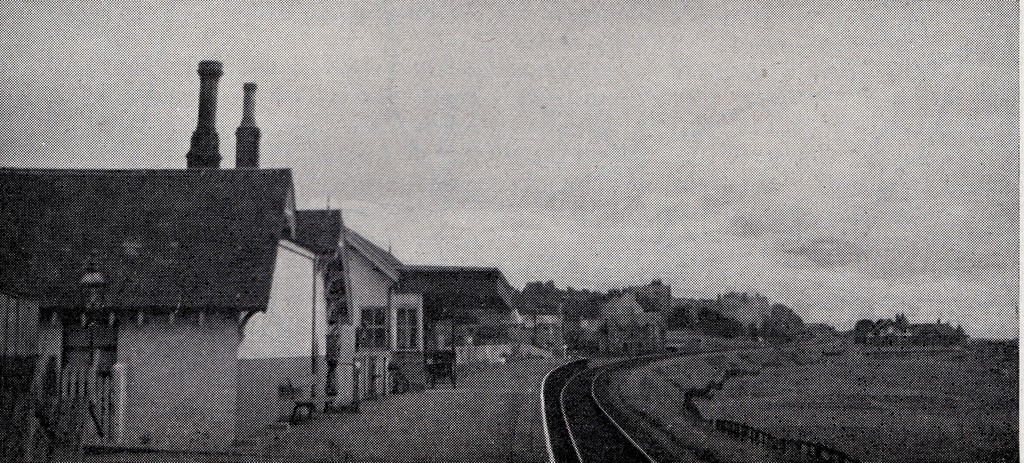
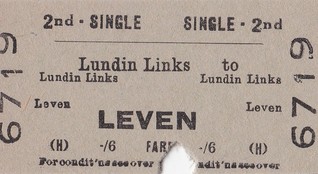
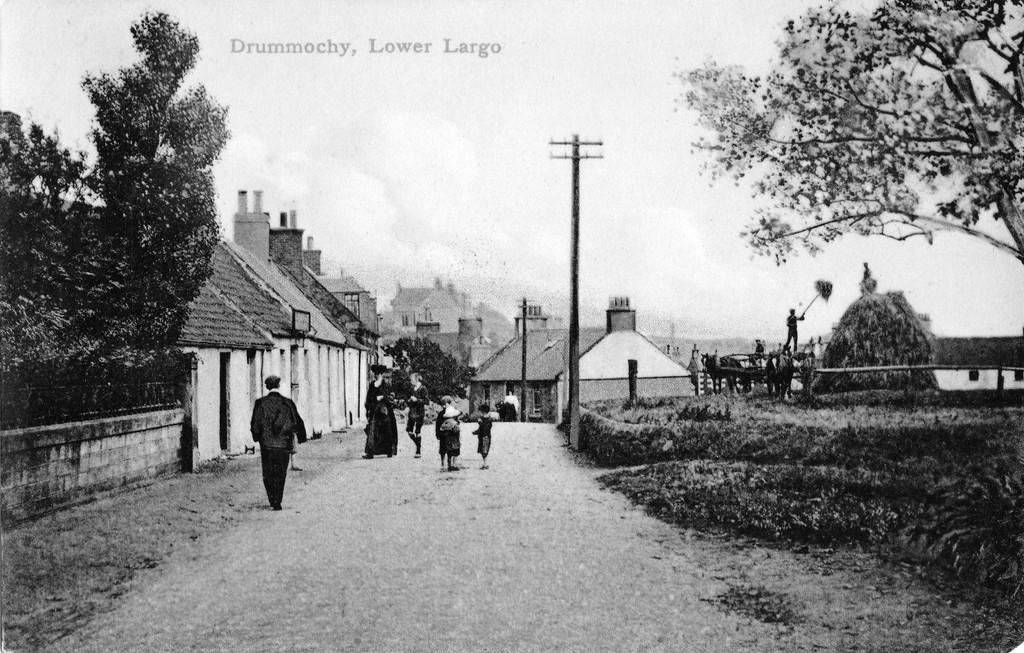

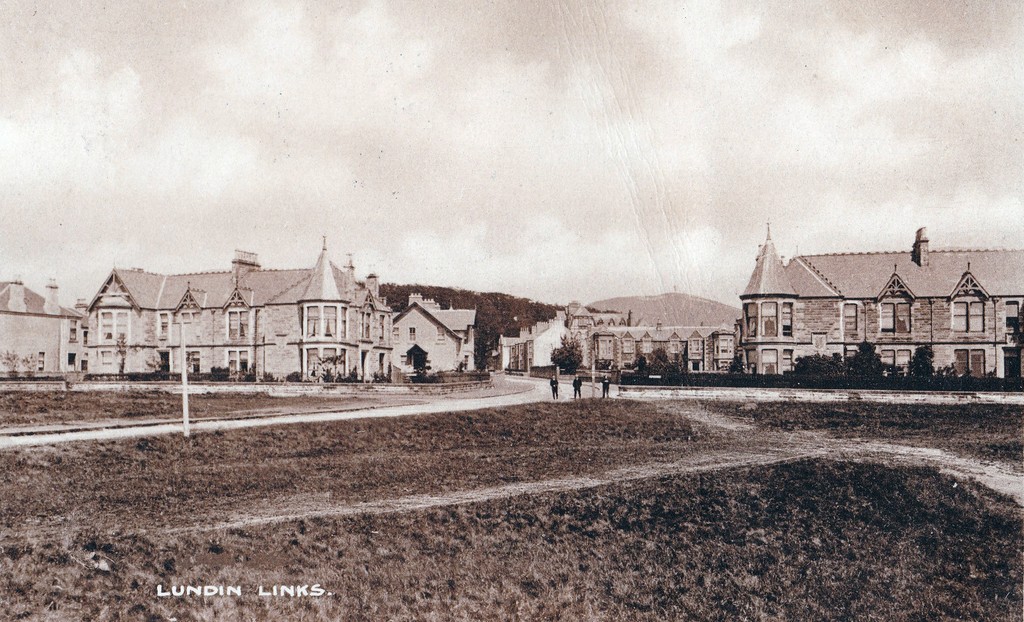
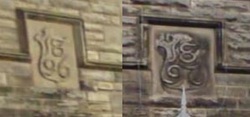
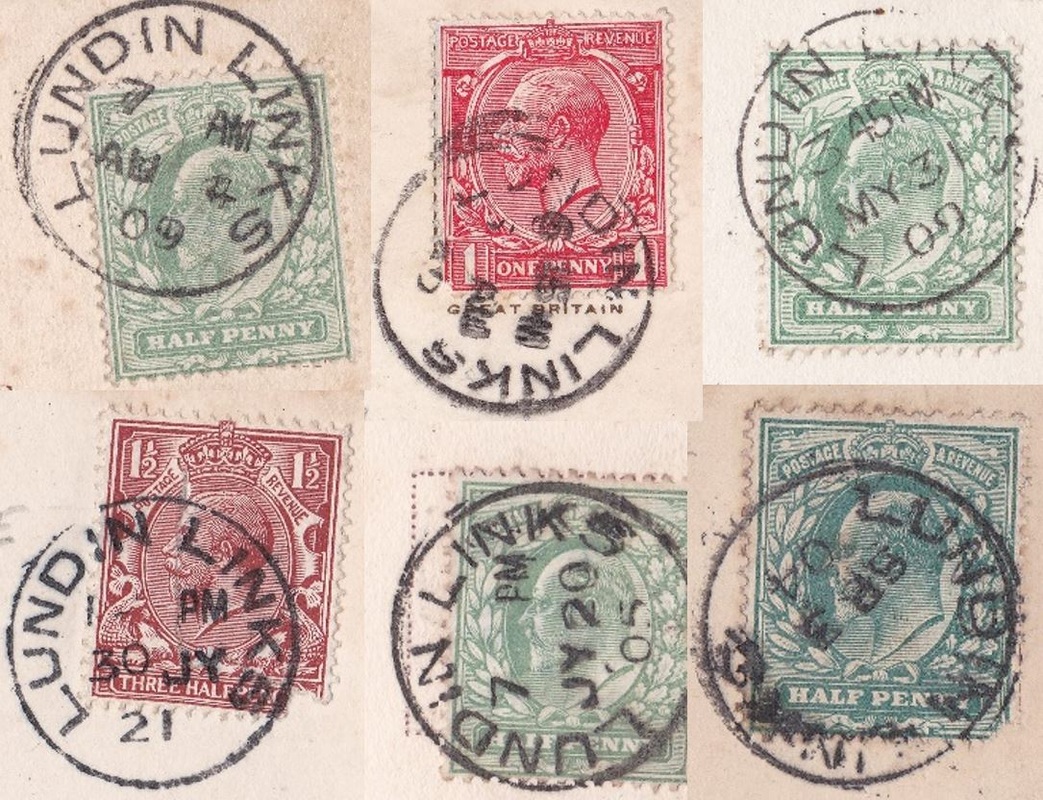
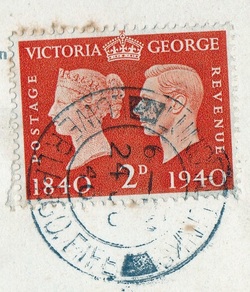
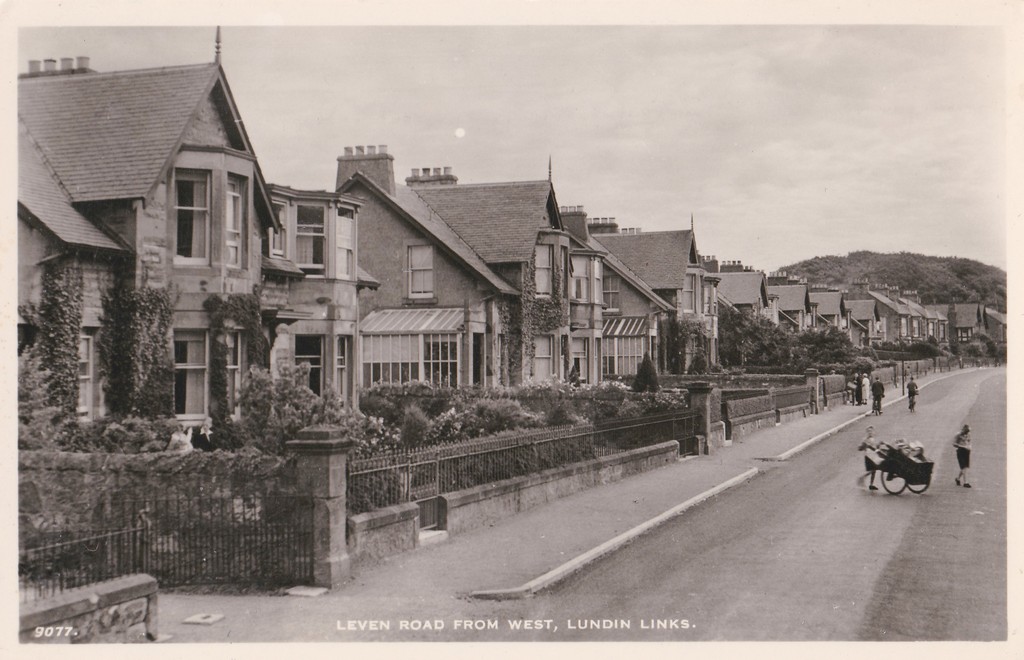
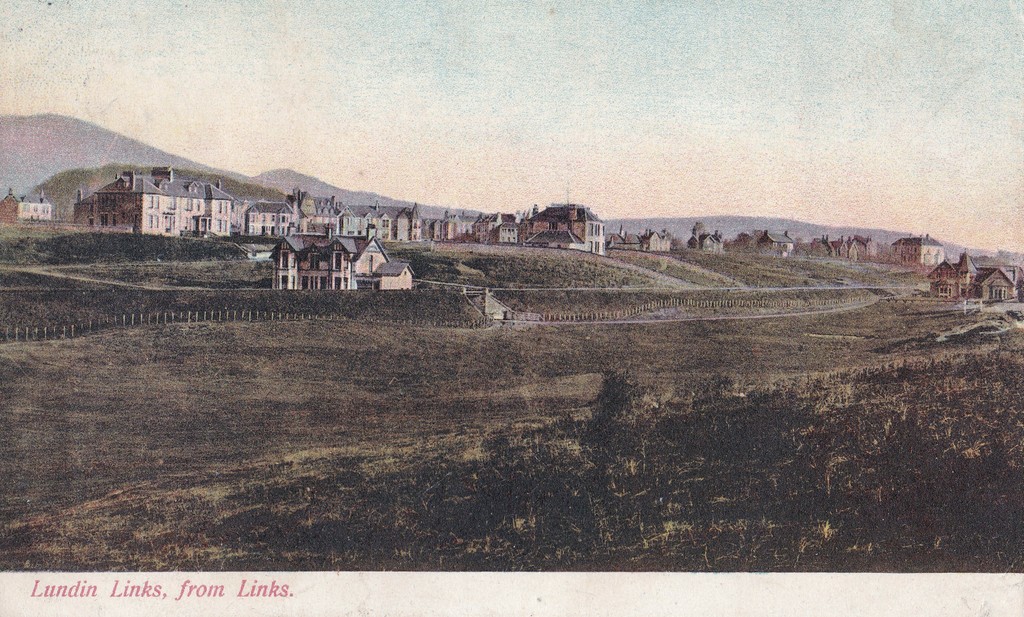
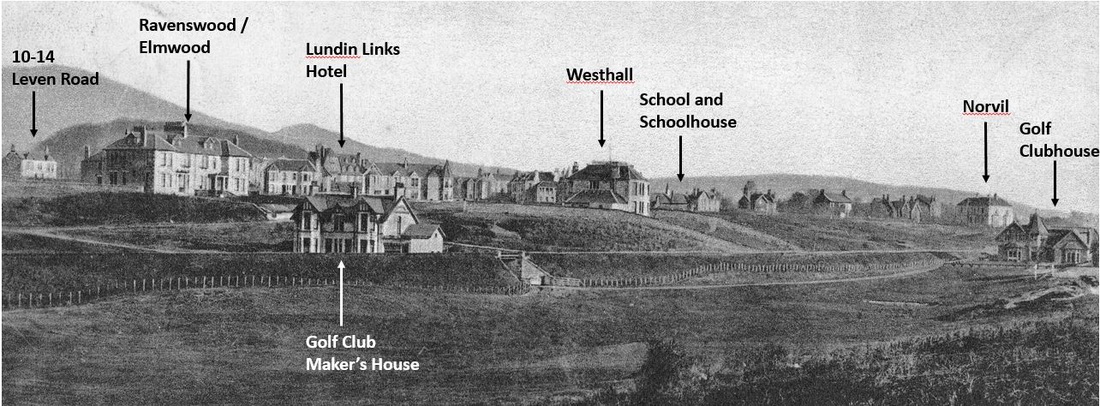
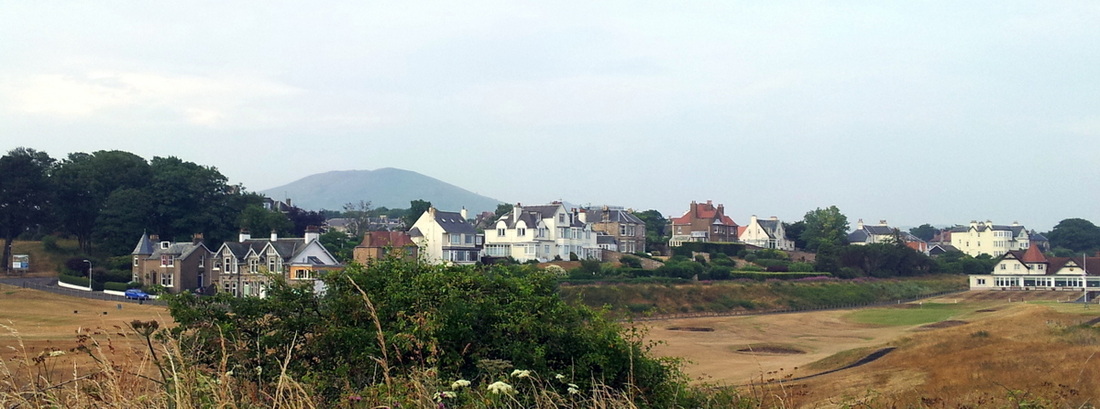
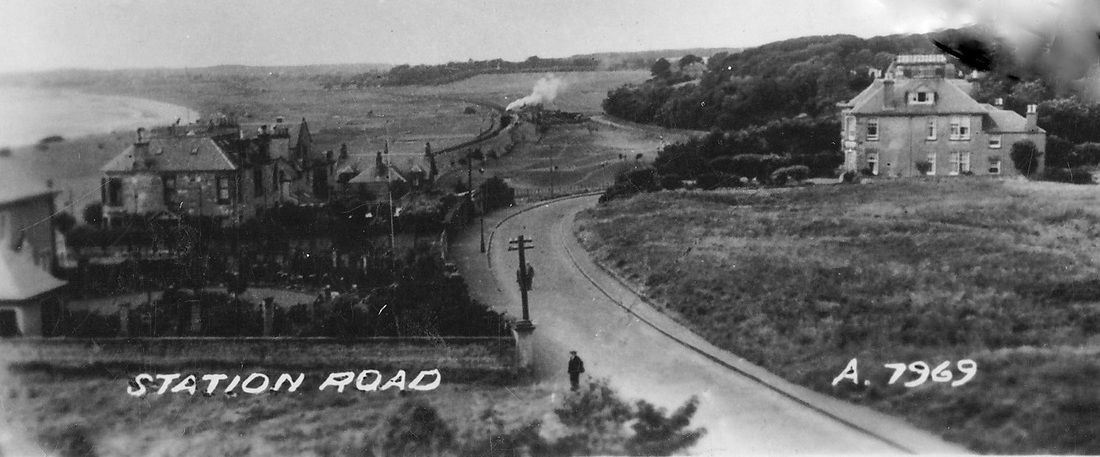
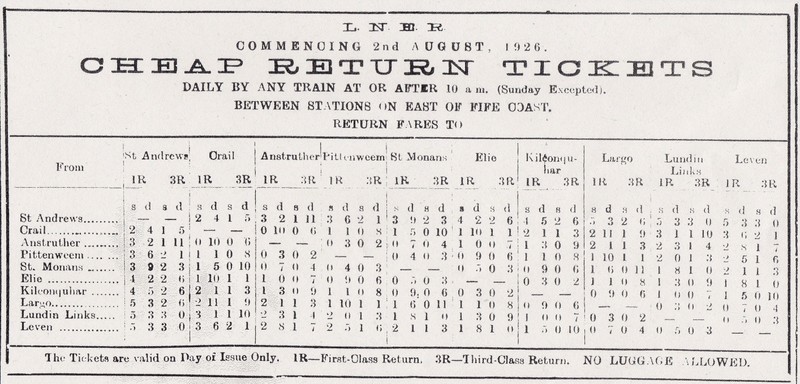
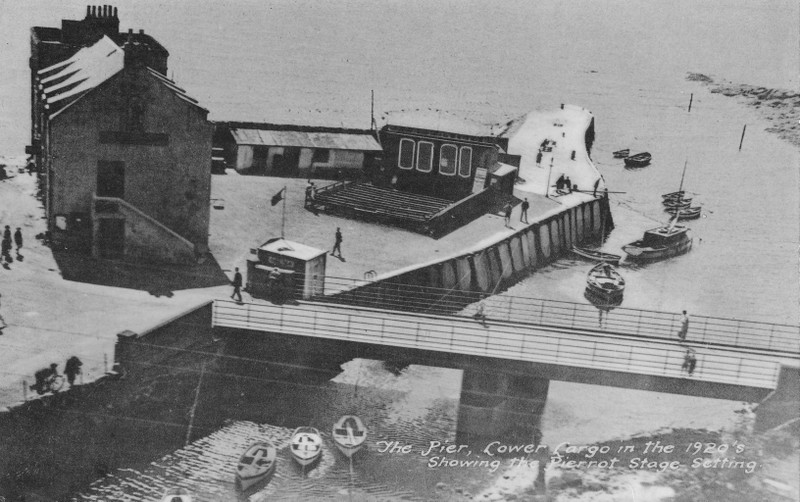
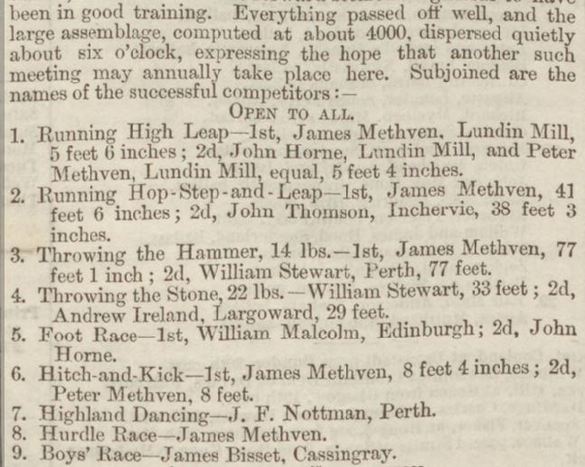
 RSS Feed
RSS Feed
